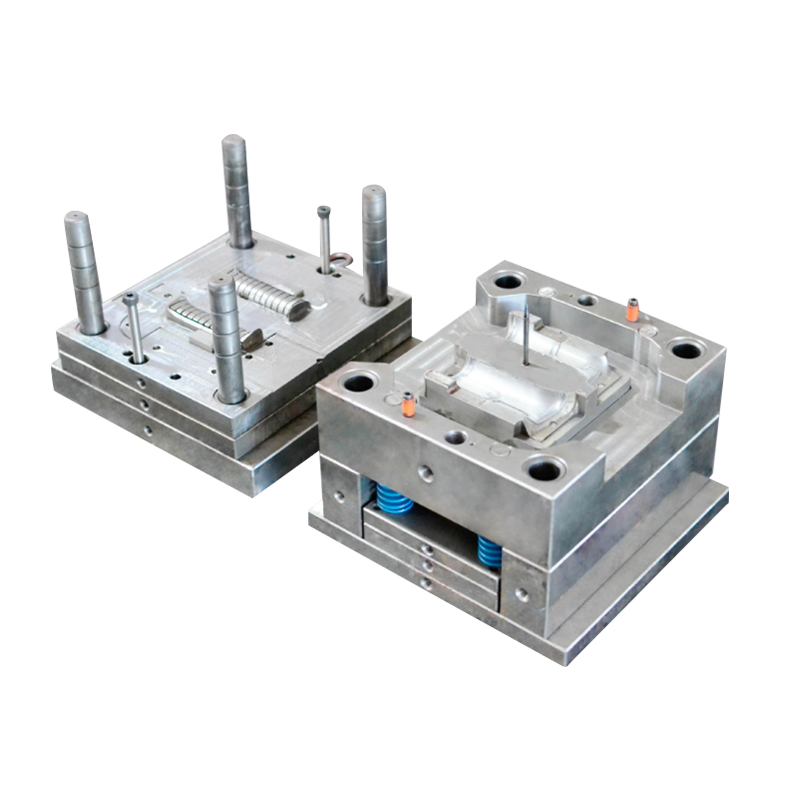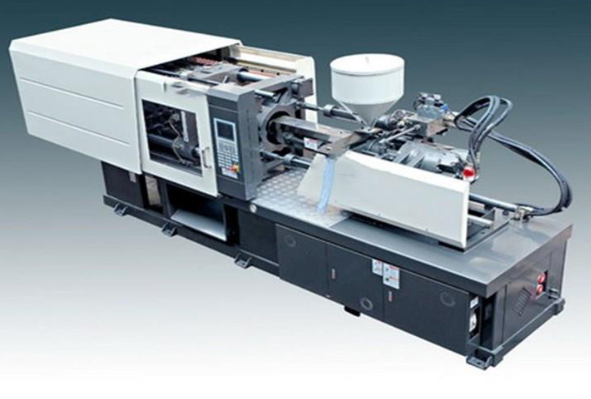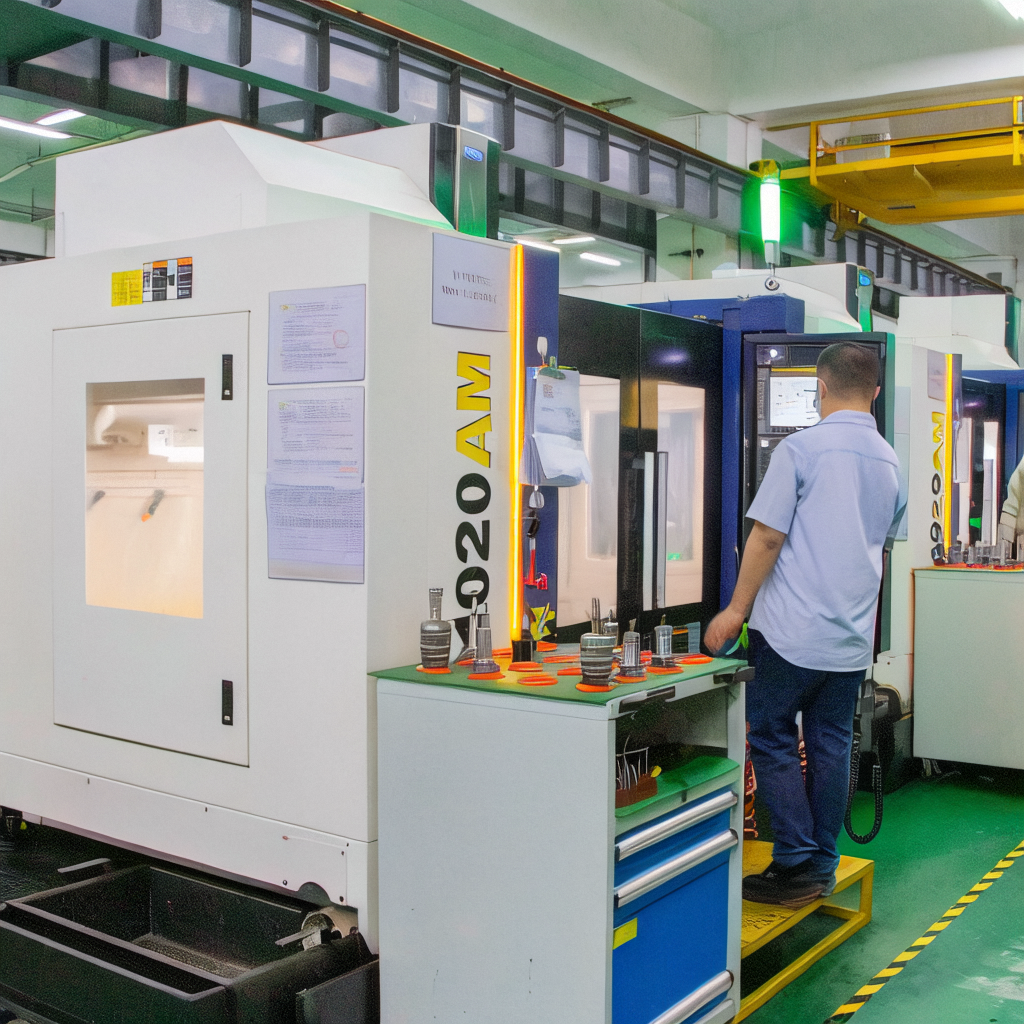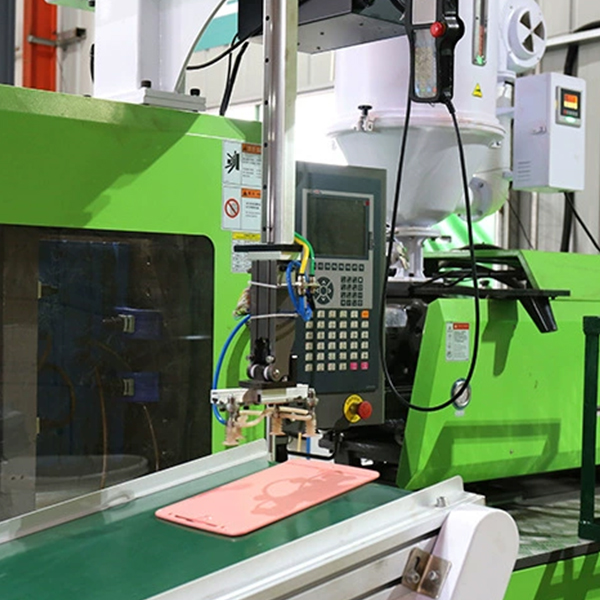What are the advantages and disadvantages of using injection molding compared to other plastic manufacturing processes?
Title: Advantages and Disadvantages of Injection Molding Compared to Other Plastic Manufacturing Processes
Plastic injection Mold
Abstract: Injection molding is a widely used method for producing plastic parts in large volumes. This technique offers numerous benefits such as high production rates, precision, and versatility, but also presents certain challenges when compared to alternative plastic forming processes. This article delves into the comparative advantages and disadvantages of injection molding relative to other plastic manufacturing methods, including blow molding, rotational molding, thermoforming, extrusion, and compression molding.
Article:
Advantages of Injection Molding:
-
High Production Efficiency: Injection molding is highly automated and can produce thousands to millions of identical parts quickly, making it ideal for mass production. Its cycle times are relatively short due to streamlined processing, which results in lower unit costs for high-volume production runs.
-
Precision and Consistency: The process ensures tight tolerances and excellent repeatability. Each part produced typically has the same dimensions and quality, which is particularly valuable for applications requiring close fitment and interchangeability.
-
Complex Geometries: Injection molding can create intricate shapes and details that may be challenging or impossible to achieve with other processes. Undercuts, thin-walled sections, and multiple part assemblies can be integrated into a single component.
-
Material Variety: A broad range of thermoplastic and thermosetting polymers can be used in injection molding, offering designers a wide array of material properties to suit different functional and aesthetic requirements.
-
Recyclability: Scrap plastic generated during the process can often be reground and reused, contributing to resource conservation and sustainability.
Disadvantages of Injection Molding:
-
Initial Costs: Tooling costs for injection molding can be substantial due to the complexity and precision required for mold design and manufacture. This upfront expense makes it less feasible for low-volume or prototyping applications.
-
Lead Time: Design, mold construction, and testing take time. For new projects, the lead time from concept to production can be lengthy, especially when compared to rapid prototyping methods.
-
Size Constraints: While injection molding can handle a vast array of part sizes, very large parts or those requiring extremely large molds can be cost-prohibitive or technically challenging to produce.
-
Process Complexity: Setting up and controlling the injection molding process requires expertise and sophisticated machinery. Adjusting parameters such as injection speed, pressure, and temperature must be done precisely to avoid defects.
-
Non-Feasibility for Some Materials: Certain types of plastics that cannot withstand the high temperatures and pressures involved in injection molding, or materials that require unique processing methods (e.g., thermosets that cure rather than melt), are not compatible with this process.
Comparison with Alternative Processes:
-
Blow Molding: While blow molding excels in producing hollow parts like bottles and containers, it is generally less versatile for creating complex solid shapes. It also requires less initial tooling investment but may not offer the same degree of precision.
-
Rotational Molding: Best suited for large, hollow parts with uniform wall thickness, rotational molding doesn't require high pressures and has lower tooling costs, but cycle times can be much longer and part detail less crisp.
-
Thermoforming: Thermoforming is more affordable for smaller production quantities and simpler designs because of lower tooling costs. However, it generally cannot match injection molding’s precision or the ability to produce undercuts.
-
Extrusion: Extrusion is mainly used for creating continuous profiles and tubing, providing a high-speed, continuous production line. It is less suited for discrete part production and lacks the dimensional accuracy found in injection molded parts.
-
Compression Molding: Compression molding is often used for thermoset materials and composite materials. Although it can handle large parts, the process is slower and less flexible than injection molding for many applications.
Keywords: Injection Molding, Plastic Manufacturing Processes, Blow Molding, Rotational Molding, Thermoforming, Extrusion, Compression Molding, High Production Efficiency, Precision, Initial Costs, Tooling, Part Complexity, Sustainability, Recyclability, Process Comparison.







